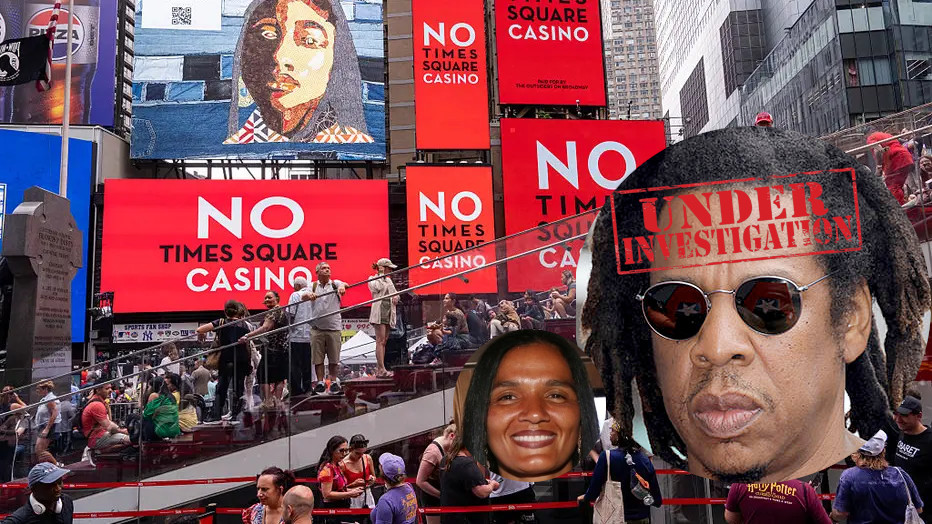NEW YORK (AP) — As the U.N. General Assembly prepared to host nearly 150 world leaders, the U.S. Secret Service was working diligently to dismantle an expansive telecom network across the New York area that posed a significant threat to communication during a critical time.
This network, consisting of more than 300 SIM servers outfitted with over 100,000 SIM cards, was located within 35 miles of the United Nations. Experts believe it could have severely disrupted cellular service in a city that relies heavily on communication systems for daily operations and emergency responses.
The discovery of this network underscores a growing concern: targeted attacks on the very infrastructures that keep modern cities connected. As world leaders congregated in Manhattan, the implications of such a threat were glaringly apparent.
A Broader Investigation Reveals Deep Concerns
The investigation into this clandestine network stemmed from a wider effort to address telecommunications threats directed at senior government officials. Investigators revealed that the servers operated as a bank of virtual cellphones capable of generating mass communications, overwhelming local networks, and masking critical interactions for criminal enterprises.
According to Special Agent Matt McCool from the Secret Service's New York field office, the potential for chaos was immense. It could take down cell towers, contributing to a total communication blackout right when the city is most vulnerable, he explained.
Although there were no specific plots uncovered to disrupt the U.N. General Assembly, officials stressed the importance of vigilance. McCool indicated the potential for nation-state actors to utilize this system to communicate with organized crime, cartels, and possibly terrorist organizations.
Technical Capability & Threat Assessment
The Secret Service's operation revealed a highly organized endeavor with millions of dollars invested in hardware and SIM cards. With the ability to send 30 million text messages per minute, the network could have caused substantial disruption, akin to the cellular blackouts witnessed during historical crises like the September 11 attacks.
The extensive investigation continues; forensic analysis is crucial to trace the communications and identify the actors involved. Authorities remain cautious, suggesting that similar networks could exist in other U.S. cities, emphasizing the need for constant monitoring and intervention.





















